


Tricyclazole is a systemic fungicide used to control rice blast disease caused by the fungus Magnaporthe oryzae. It works by inhibiting spore germination, preventing fungal infection, and inhibiting further growth and spread. It is typically applied to rice crops during the growing season and has a high degree of effectiveness against rice blast, making it one of the most commonly used fungicides in rice cultivation.


Tricyclazole is a systemic fungicide used to control rice blast disease caused by the fungus Magnaporthe oryzae. It works by inhibiting spore germination, preventing fungal infection, and inhibiting further growth and spread. It is typically applied to rice crops during the growing season and has a high degree of effectiveness against rice blast, making it one of the most commonly used fungicides in rice cultivation.

.3d8f8f41.svg)
Agrochemicals
.3556d45a.svg)

Crop Protection & Pest Control


Fungicide
Included in Quote
Included in Quote
Included in Quote
Included in Quote
.7767eb0f.png)

Chemical Properties & Specifications
Tricyclazole is primarily used in rice farming to manage rice blast disease. It is effective at controlling fungal growth and preventing yield loss caused by the pathogen Magnaporthe oryzae. It can be applied as a wettable powder (WP) formulation or suspension concentrate (SC) formulation, depending on the application method.
It may also be used in some other crops prone to fungal diseases, although its use is predominantly focused on rice.
Tricyclazole is a fungicide primarily used to control rice blast disease in rice cultivation, which is caused by the fungus Magnaporthe oryzae. It helps prevent fungal infections and ensure healthy crop growth.
Tricyclazole inhibits the spore germination and growth of the fungus, preventing further spread of the infection. It is absorbed by the plant and provides systemic protection throughout the crop.
Yes, Tricyclazole is toxic if ingested or inhaled. It is important to follow all safety guidelines and use appropriate PPE (personal protective equipment) when handling this fungicide. Additionally, it is toxic to aquatic life, and precautions should be taken to avoid contamination of water sources.
Tricyclazole provides long-lasting protection, typically for several weeks after application. The fungicide’s systemic nature allows it to protect the plant from fungal infection over an extended period.
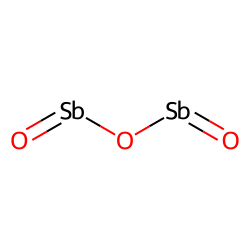
CAS No. : 1309-64-4
Category : Inorganic compound
Sub-Category : Flame retardants
Description: Antimony trioxide (Sb2O3) is an inorganic compound commonly used as a flame retardant and as a catal...
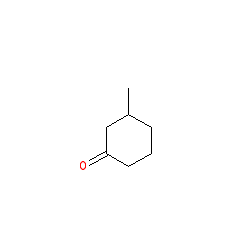
CAS No. : 36306-87-3
Category : Fragrance Ingredients
Sub-Category : Aroma Chemicals
Description: Kephalis is widley used in many industries. It plays a key role in the production of resins, coating...
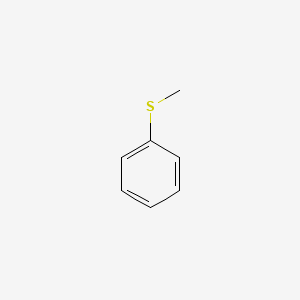
CAS No. : 100-68-5
Category : Pharmaceutical Actives & Precursors
Sub-Category : Intermediates & Precursors
Description: Thioanisole is a colorless to light yellow liquid with an aromatic odor. It serves as a valuable int...
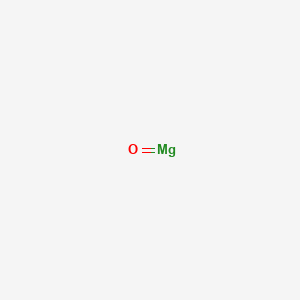
CAS No. : 1309-48-4
Category : Inorganic compound
Sub-Category : Magnesium compounds
Description: Magnesium oxide, commonly known as magnesia, is a white hygroscopic solid mineral that occurs natura...
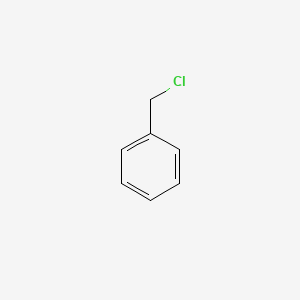
CAS No. : 100-44-7
Category : Organic Intermediate
Sub-Category : Reagents
Description: Benzyl Chloride is a colorless to pale yellow liquid with a pungent odor. It is primarily used as an...